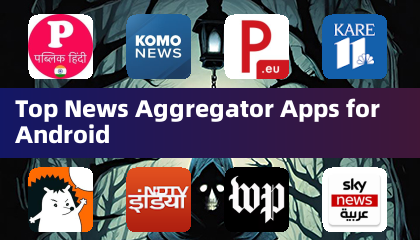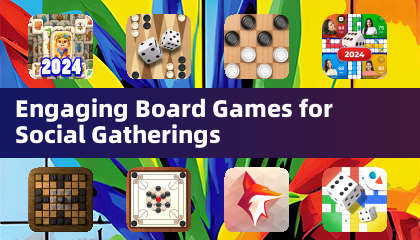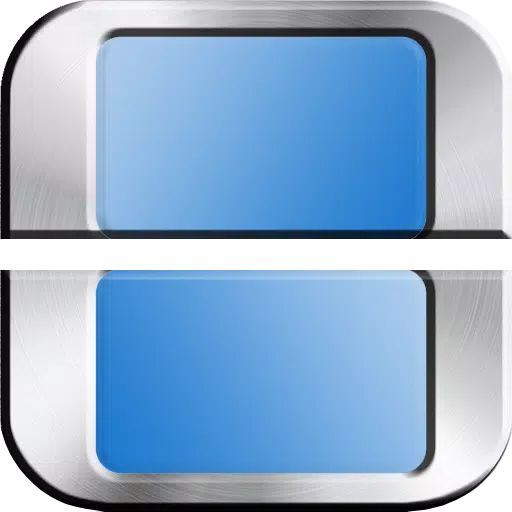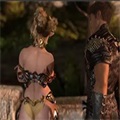When Bethesda unveiled Oblivion Remastered earlier this week, I was astounded. The 2006 journey through Tamriel, once characterized by its quirky potato-faced characters and low-resolution grasslands, has now transformed into the most visually stunning entry in the Elder Scrolls series. Having experienced numerous HD remasters that often left me underwhelmed—think of the Mass Effect Legendary Edition or Dark Souls Remastered, which barely differ from their Xbox 360 counterparts—seeing the Imperial City, which I explored nearly two decades ago, now rendered in Unreal Engine 5 with ray tracing was nothing short of breathtaking. Beyond the visual overhaul, the game boasts enhancements in combat, RPG systems, and numerous other details. This led me to question whether Bethesda and Virtuos had misnamed it; could this really be an Oblivion Remake instead of a remaster?
I wasn't the only one with this thought. Many fans have labeled it a remake, and even Bruce Nesmith, the senior game designer of the original Oblivion, remarked, "I’m not sure [the word] remaster actually does it justice." Initially, I too questioned the remaster label, but after several hours of gameplay, it became clear that despite its remake-like appearance, Oblivion Remastered retains the feel of a remaster.
Virtuos has indeed gone to great lengths to make Oblivion look like a new game, redesigning "every single asset from scratch." This means every tree, sword, and crumbling castle you see is brand new, meeting modern graphical standards. The game now features exquisite textures, breathtaking lighting, and a new physics system that ensures realistic interactions with every arrow and weapon strike. While the NPCs are the same familiar faces from 2006, each model has been entirely recreated. This overhaul aims not just to match what players remember, but to exceed expectations by 2025 standards, making it the best-looking Bethesda Game Studios RPG to date.
Yet, the changes extend beyond visuals. Combat has been significantly improved, making swordplay feel more engaging and the third-person camera more functional with the addition of a reticule. Every menu, from the quest journal to dialogue and minigames, has been refreshed. The original, often criticized leveling system has been revamped with a more logical approach blending elements from both Oblivion and Skyrim. Sprinting has finally been added, enhancing gameplay further. With such extensive visual and gameplay upgrades, one might argue it's firmly in remake territory.
However, the distinction between remakes and remasters remains murky. Industry standards for these terms are undefined, leading to their inconsistent use. Rockstar's "Definitive Edition" of the Grand Theft Auto trilogy, for example, still feels like a PlayStation 2-era game with merely upscaled textures and modern lighting. On the other hand, the Crash Bandicoot N. Sane Trilogy, also called a remaster, features all-new assets and appears modern. Remakes like Bluepoint's Shadow of the Colossus and Demon's Souls are rebuilt from the ground up, yet remain faithful to their originals, while Resident Evil 2 retains its structure but redesigns interaction methods. Final Fantasy 7 Remake and Rebirth go further, overhauling design, script, and story. This variability suggests that a remaster typically preserves the original game's design with graphical upgrades and minor gameplay enhancements, while a remake reimagines the game entirely.
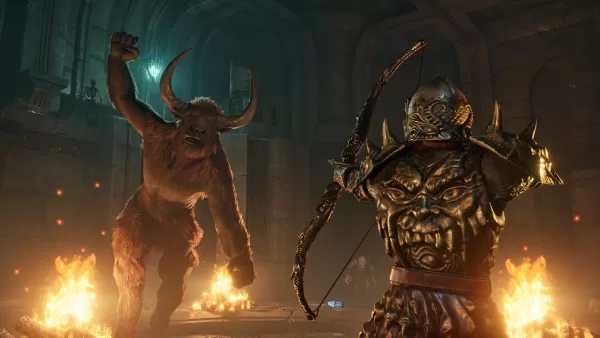 New lighting, fur, and metallic effects are just the beginning of Oblivion Remastered's changes. Image credit: Bethesda / Virtuos
New lighting, fur, and metallic effects are just the beginning of Oblivion Remastered's changes. Image credit: Bethesda / Virtuos
Applying these definitions, Oblivion Remastered is aptly named. While it boasts new assets and stunning Unreal Engine 5 ray tracing, it retains the core mechanics and quirks of the 2006 game. Bethesda emphasized, "We looked at every part and carefully upgraded it. But most of all, we never wanted to change the core. It’s still a game from a previous era and should feel like one." This is evident in the game's loading screens, the still-baffling persuasion minigame, the simplistic city designs, the awkwardly wandering NPCs, the combat which remains somewhat detached despite upgrades, and the preserved bugs and glitches that contribute to its unique charm.
Comparing Oblivion Remastered to modern games like Obsidian’s Avowed highlights its age. Avowed showcases futuristic combat and exploration systems, making Oblivion's mechanics feel dated. Yet, Oblivion Remastered retains its magic; its expansive world, filled with mysteries and oddities, and its ambitious elements like dynamic goblin wars and engaging quest structures, still shine brightly. While it may lack the finesse and interconnectivity of modern games, its old-school approach to player freedom feels refreshing in today's gaming landscape. However, its level design and dialogue are clearly products of an earlier era. A remake would have modernized these aspects, but Oblivion Remastered is about reliving the past.
In film, remakes are new productions, while remasters enhance existing films to meet modern standards. Oblivion Remastered mirrors this, pushing visual quality to its limits by recreating its "exterior" in a new engine, yet remaining a product of the 2000s at its core. As Alex Murphy, executive producer at Virtuos, explained, "We think of the Oblivion game engine as the brain and Unreal 5 as the body. The brain drives all the world logic and gameplay and the body brings to life the experience that players have loved for almost 20 years."
Oblivion Remastered is a testament to what a remaster can achieve. It should set the standard for other AAA remasters, showing what can be done with passion and dedication. Unlike the Mass Effect Legendary Edition or Grand Theft Auto: The Trilogy, which felt like mere re-releases or cash grabs, Oblivion Remastered is a labor of love that looks like a remake but plays like a remaster, honoring its roots while enhancing the experience for today's players.

 New lighting, fur, and metallic effects are just the beginning of Oblivion Remastered's changes. Image credit: Bethesda / Virtuos
New lighting, fur, and metallic effects are just the beginning of Oblivion Remastered's changes. Image credit: Bethesda / Virtuos LATEST ARTICLES
LATEST ARTICLES 



